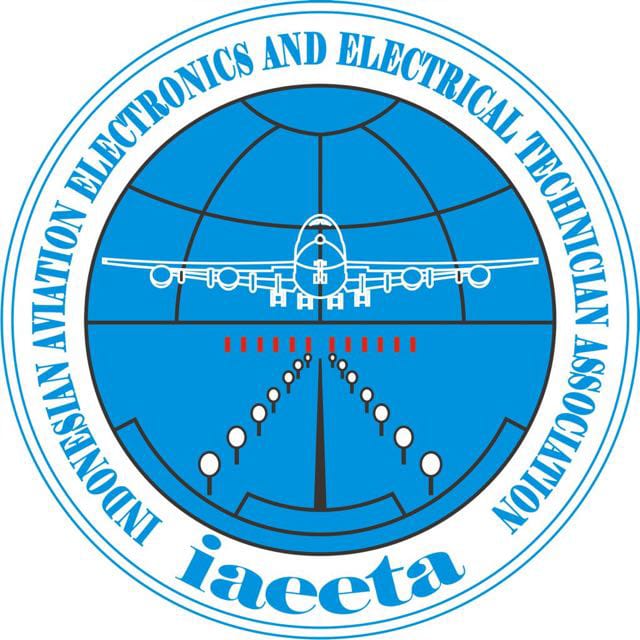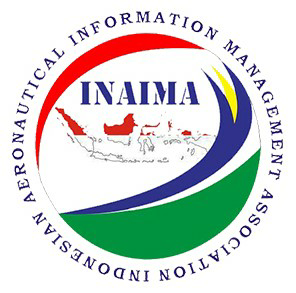PENGUKURAN DAN ANALISIS CFD PERFORMA PROPELLER MASTER AIRSCREW G/F 3 9X6
Abstract
The study of the performance of the propeller using numerical methods and experiments have been conducted. The propeller is 3-dimensionally scanned to determine its geometry. The tools are Konica Minolta Vivid 9i 3D Scanner. The propeller geometry is generate and then performed CFD simulation. CFD simulation begins with the formation geometry. Propeller geometry has been obtained from scanning. Next is a mesh generation using ICEM CFD. Surface mesh of the component using all tri and volume mesh using tetra/mixed. Mesh generation method using patch dependent and quick delauny. Determination of physical properties and fluid properties and boundary conditions simulation performed on ANSYS CFX Pre. The boundary conditions used are variations in the flow rate at 8 m/s, 9 m/s, 11 m/s, 12 m/s, 13 m/s and 14 m/s and also for the rotation speed of the blades 4000 RPM and 5000 RPM. Propeller Experiments conducted on a closed loop wind tunnel. Propeller rotated by an electric motor connected to two load cell used to measure the thrust and torque. Rotational speed is measured using an optical tachometer, while the undisturbed air speed is measured using a pitot tube. The sensors are connected to the data acquisition and connected to a computer to get results. Rotational speed propeller arranged on a rotational speed of 4000 RPM and 5000 RPM. Undisturbed air flow velocity varied 8 m/s to 12 m/s.
Downloads
References
Copyright (c) 2017 Andri Kurniawan

This work is licensed under a Creative Commons Attribution 4.0 International License.


.png)


1.png)
.png)












